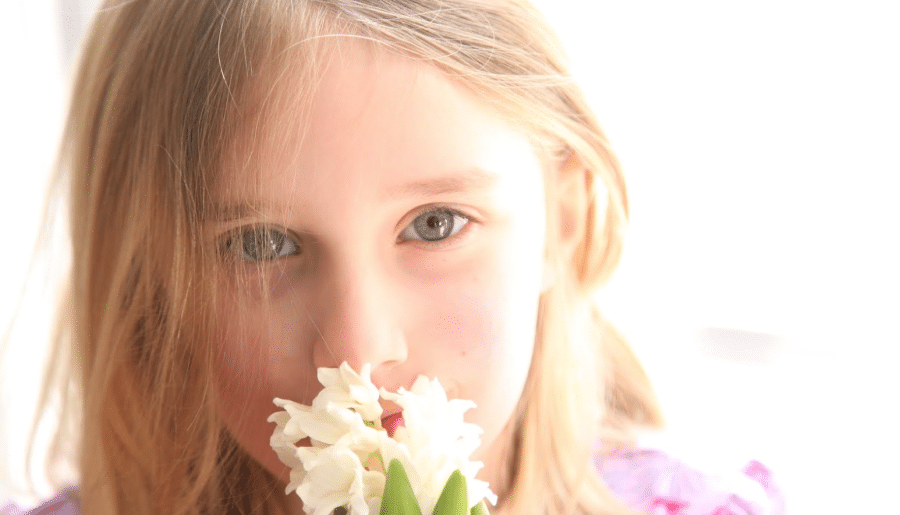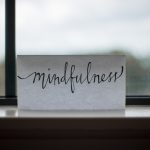Aromatherapy has been used for years in ancient cultures for medical purposes, but it’s now gaining more popularity as a wellness trend in improving one’s mood or well-being.
But first, what is aromatherapy?
It’s the practice of using essential oils extracted from plant parts, including leaves, flowers, bark, peel, or fruit. These natural plant extracts produce a fragrance that is known to reduce stress, boost mood, enhance well-being, and promote wellness.
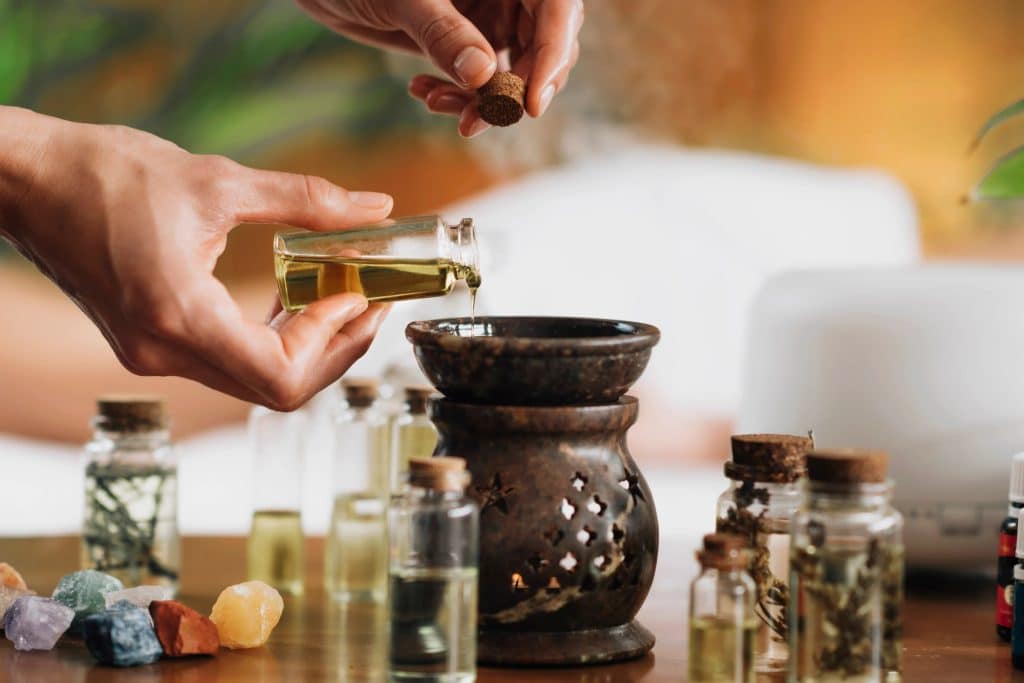
Although most research on aromatherapy has been focused on adults, studies believe it is also good for kids when used properly.
Now, are you interested and want to give aromatherapy a try? Then, read on to learn more about how aromatherapy works and how to incorporate it into your daily activities.
How Aromatherapy Works
So how does aromatherapy work?
Some researchers believe that the scent of essential oils stimulates the smell receptors in the nose, which then sends a signal to the amygdala and hippocampus.
Amygdala and hippocampus are parts of the brain that store and control emotions and memories. So inhaling essential oil stimulates the brain to produce neurotransmitters like serotonin and dopamine, further regulating mood and promoting positive emotions.
Serotonin is a hormone responsible for happiness, while dopamine is responsible for experiencing pleasure, motivation, and satisfaction.
Another approach suggests that certain scents evoke memories tied to an experience. For example, the smell of baked cookies would transport you back to a memory in your grandparents’ house.
This also suggests our response to scents can be learned, and we can associate scents with good memories.
Examples of Essential Oils To Use
Now, how about some examples of essential oils that are good for you, especially if you’re a kid?
It is known that lavender can be used to calm anxiety and physically calm a rash or irritation.
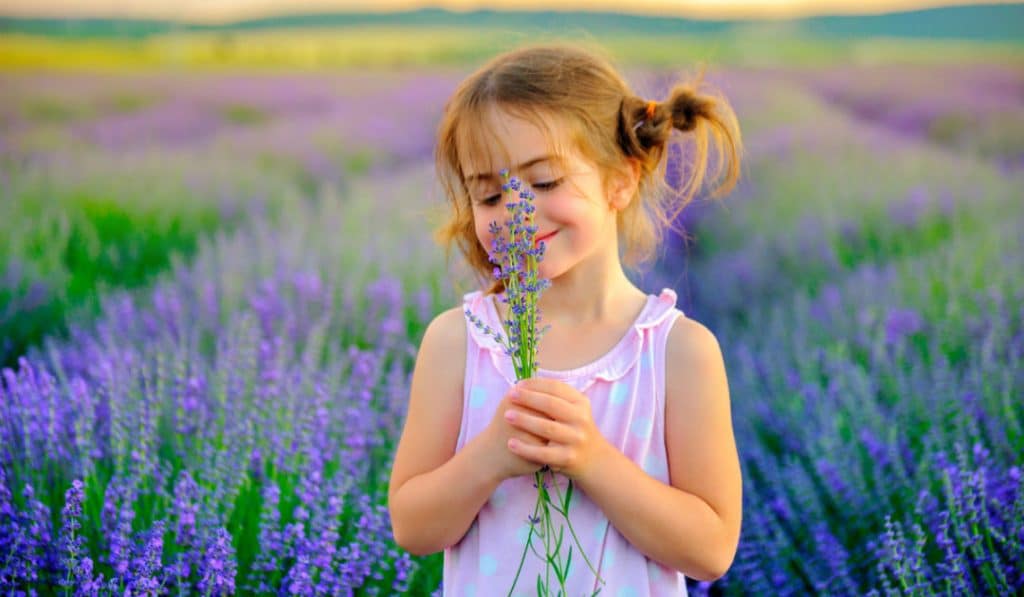
Lavender also eases stress, helps improve sleep quality and duration, and promotes deeper sleep.
When paired with chamomile essential oil, it can help calm nerves and stop nightmares.
Orange and Mandarin have a mood-lifting effect and can be used when kids need help with relaxation when they feel tired.
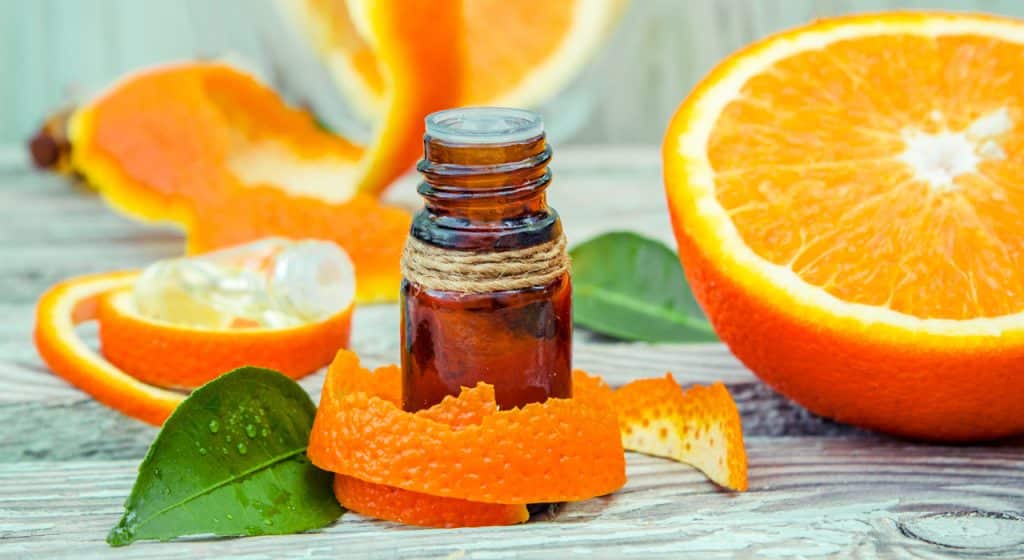
Lemon is another refreshing scent that can help with fatigue and focus. In addition, peppermint can be used for nausea and headaches.
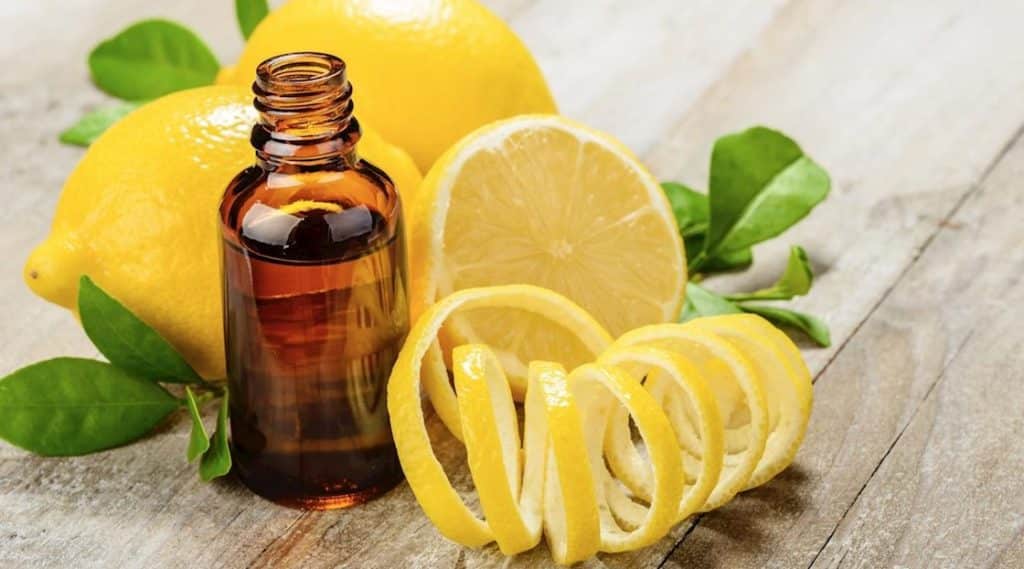
Another great essential oil to use is peppermint oil. It’s known to help a kid stay focused and alert, making it a great choice for studying. Studies also show that the smell of peppermint improves memory quality and enhances visual task performance.

It’s important to note that fragrances or aromatherapy is most effective when you personally enjoy the smell and find it uplifting or calming.
Remember, different people have smell preferences, so what might work for you won’t work well with someone else. Others might also be extremely sensitive to specific scents and get overwhelmed, so make sure you choose fragrances that suit you.
Incorporating Aromatherapy Into Your Day
Now you might be wondering how to incorporate essential oils into your day.
One of the easiest ways is simply smelling them!
You can either keep a bottle close to you and take a few good whiffs. Or you can put a few drops on tissue paper and sniff it occasionally.
Another great way is with a diffuser (if you already have one). Simply fill the diffuser with water and add a few drops of your preferred essential oil.
This will make your room smell amazing. You can do this while studying or just want to relax in your space.
Moreover, if you want help to relax at night or have a good night’s sleep, put a drop or two on a tissue and tuck it into your pillowcase or place it near your head to smell the aroma as you fall asleep.
Use Caution
Aromatherapy can be an incredible medium for wellness. While it’s usually safe, you must still practice caution when using essential oils, especially if you have allergies or are prone to skin rashes.
The most common allergic reactions to essential oils include itchy and runny nose, sneezing, skin rashes, and difficulty breathing.
If you want to use essential oils but are unsure whether you have allergies, it’s best to check with a healthcare provider first. Doing so will help you know your likelihood of reacting to certain oils based on your medical history.
You may also do a patch test to know if you have an allergy.
To do a patch test, dilute the essential oil first with carrier oil or water. Then, a small amount of diluted essential oil to your inner elbow.
Next is to leave it undisturbed for 48 hours. If there is no reaction to the part where you applied it, you will not likely be allergic to the oil.
However, stop using it immediately if you notice any symptoms of allergies after doing it, and contact your healthcare provider.
